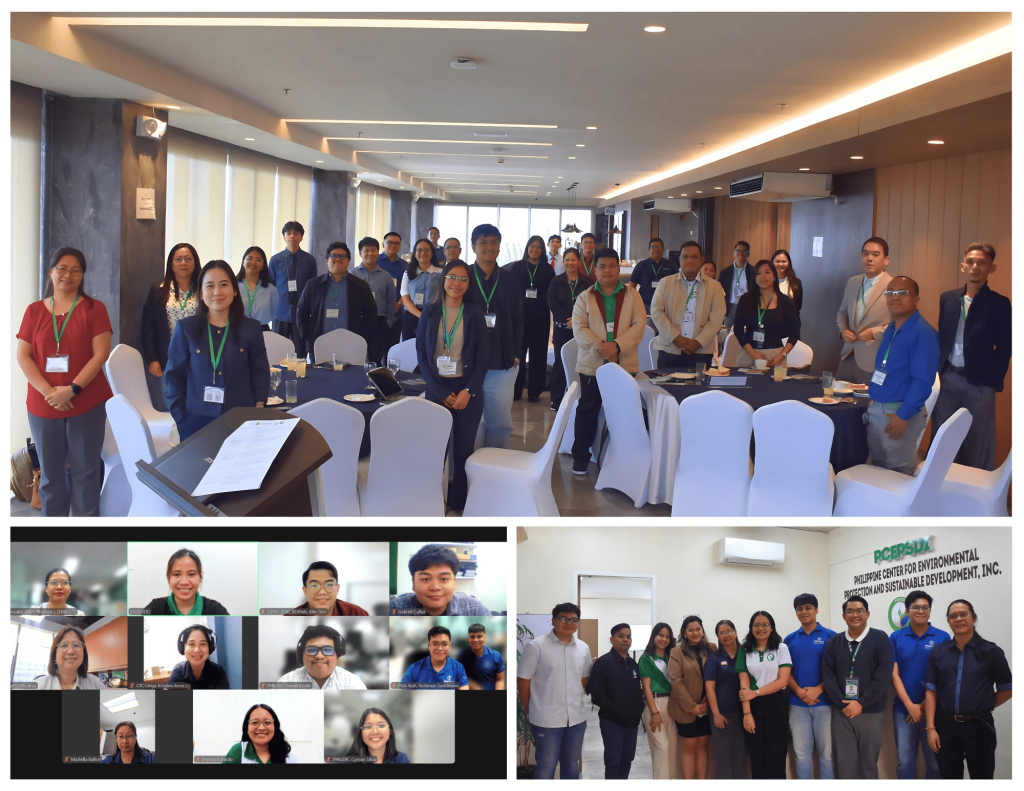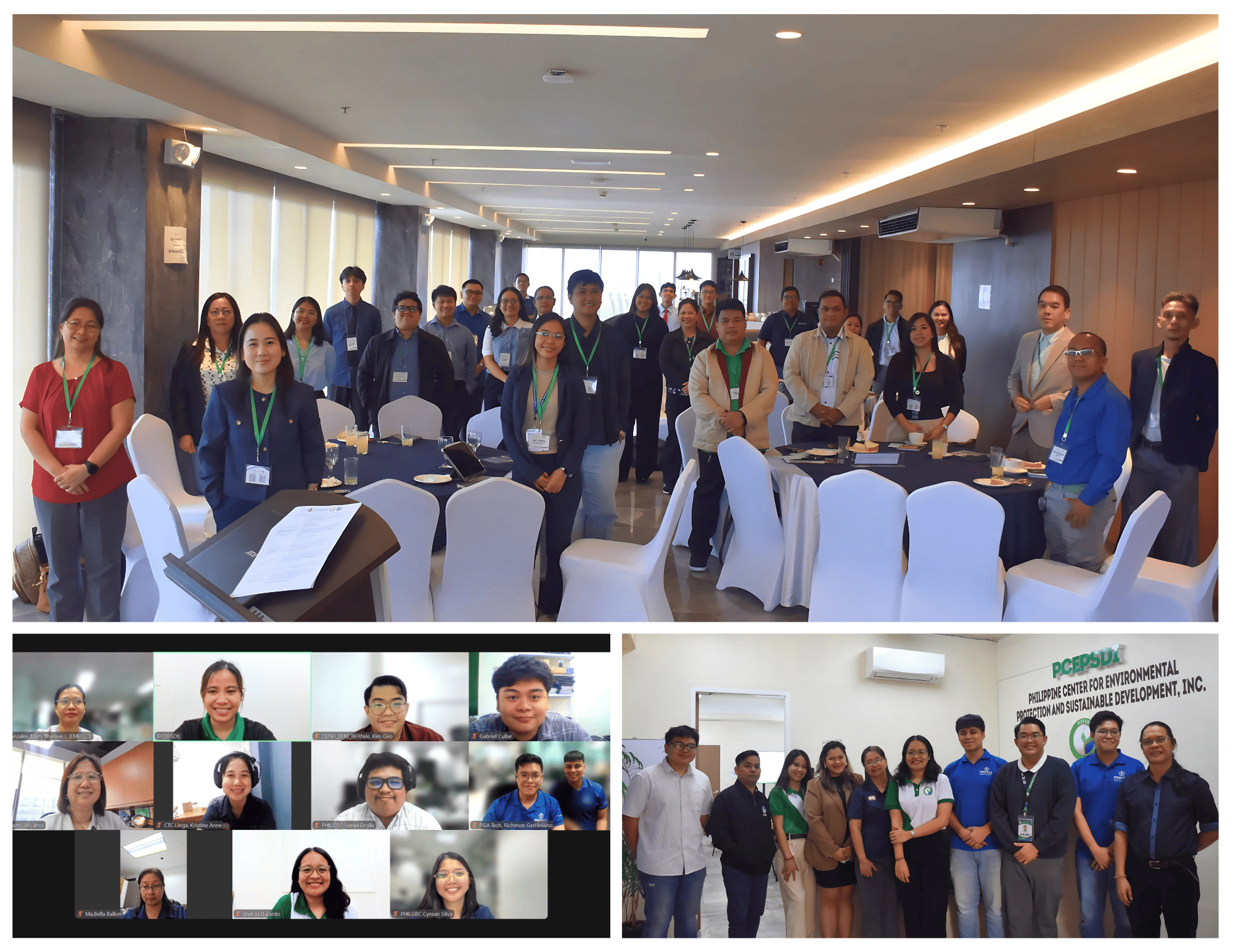The National Ecolabelling Programme – Green Choice Philippines (NELP-GCP) released the Updated Ecolabelling Criteria of Cement raising the bar into its higher environmental performance standards. From its original requirements of 10% reduction of CO2 emissions per ton of cement, it raised the bar of at least 40% of CO2 emission per ton of cement produced. This important update reflects the programme’s commitment to address the significant environmental impact of cement and to ensure that the criteria are aligned with the laws, latest guidelines, and inputs from the experts.
This was made possible by the Philippine Center for Environmental Protection and Sustainable Development, Inc. (PCEPSDI)—the Administrator of NELP-GCP—through the EcoAdvance Project, a collaborative effort between the United Nations Environment Programme (UNEP), GIZ, and Öko-Institut, receiving financial support from the German Federal Ministry for the Environment, Climate Action, Nature Conservation and Nuclear Safety (BMUKN) through the International Climate Initiative (IKI).
The process was also made possible through the support of various stakeholders, including cement companies, environmental experts, academic institutions, industry associations, testing laboratories, and government agencies. Input from the Technical Committee (TC) meetings and stakeholders consultations was crucial in shaping the final version of the criteria.
Cement is a common building material worldwide and an integral part of urban infrastructure and the built environment. As modern society is built on cement, industries are now embarking on a journey to create sustainable solutions and a circular economy for smart cities.
The large-scale production of cement results in increased energy consumption, the generation of industrial solid and hazardous waste, and higher greenhouse gas emissions. The level of environmental pollution caused by the industry necessitates prioritizing environmental sustainability.

Key Features of the Criteria
The updated criteria make sure that certified cement products are not only strong—but also environmentally and socially responsible. Key features include:
- Lower carbon footprint
CO₂ emissions must not exceed 530 kg per ton of cement, helping reduce the industry’s impact on climate change. - Biodiversity Protection
Applicants must have a program in place that helps protect or enhance biodiversity, connected to their cement manufacturing activities. - Environmental responsibility from start to finish
The product must be designed to minimize environmental impact throughout its life cycle—from raw materials to disposal. - Compliance with the national standards
Cement products must meet the latest Philippine National Standards (PNS) for Portland, Blended Hydraulic, and Masonry Cements.
These improvements are designed not only to reduce the cement industry’s environmental burden but also to drive innovation and competitiveness within the sector.
Be GCP-Certified!
Becoming GCP-certified is more than just a label—it’s a commitment to sustainability, accountability, and environmental leadership. By complying with the upgraded criteria of cement, companies position themselves as proactive contributors to the Philippines’ sustainable development goals. GCP-certified products enjoy increased market visibility and trust from environmentally conscious consumers and procurement bodies.
If you’re a cement manufacturer, now is the time to apply for certification under the revised ecolabelling criteria. Show your commitment to the planet and stand out in a competitive market.
Click GCP 20250009 – Cement to download the full version of the updated Ecolabelling Criteria for Cement.
For inquiries, certification applications, or to participate in future criteria development, please contact PCEPSDI via email at greenchoicephilippines@pcepsdi.org.ph or via call at (02) 7004 3908.


